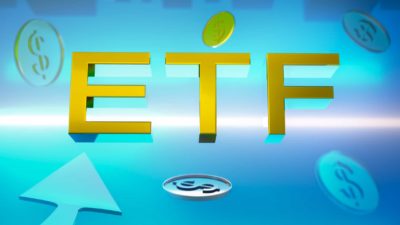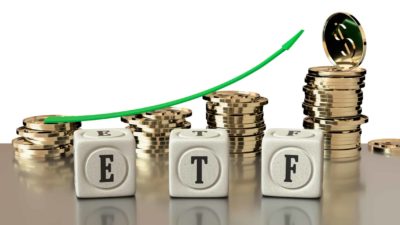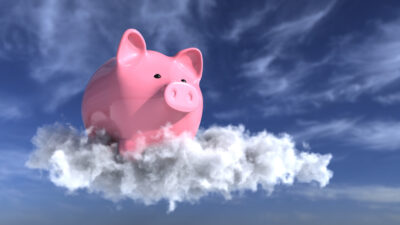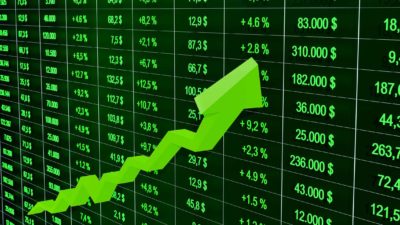The Breville Group Ltd (ASX: BRG) share price has been rocketing higher for the best part of a year now.
The Aussie kitchenware group has delivered strong earnings and will be on watch this morning after it releases its half-year FY 2020 results.
But, what's brought the Breville share price to its new 52-week high of $19.98 per share?
Why the Breville share price has rocketed higher
Breville's shares surged higher in 2019 and are off to a good start in 2020. Breville rode a wave of consumer sentiment and a juice craze to stronger earnings in 2019.
The group's net profit climbed to $67.4 million in FY 2019 on total revenue of $760 million. The group is also well-capitalised and a strong financial position has been the key to launching into this latest growth phase.
Investors will be hoping for more of the same this morning when Breville reports its first-half FY 2020 earnings. It's hard to say if there's a current health "craze" sweeping our kitchens but Breville will be in the mix if there is.
The Breville share price is now up 67.34% in the last 12 months to yesterday's closing price of $19.98. This new record-high means the kitchenware group is now worth $2.6 billion with a price to earnings (P/E) ratio of 38.6 times.
The real benefit of owning a company in such a strong financial position is the foundation it provides. Even if Breville's results do miss the mark today, there is still a lot of capital ready to back the next wave of growth.
Strong growth from both its Global Product and Distribution segments, combined with successful geographic expansion, were key in FY 2019.
While it might not be the same drivers today, I expect we could see further steady growth from Breville.
Is now the time to buy?
I think it's worth seeing this morning's results before making a buy, hold or sell decision on Breville shares.
Earnings seasons are investors' best chance to get a look at a company's current situation. While it's not perfect, I think you can work out quite quickly whether an ASX company is in the buy zone or not after its half-year or full-year results.







